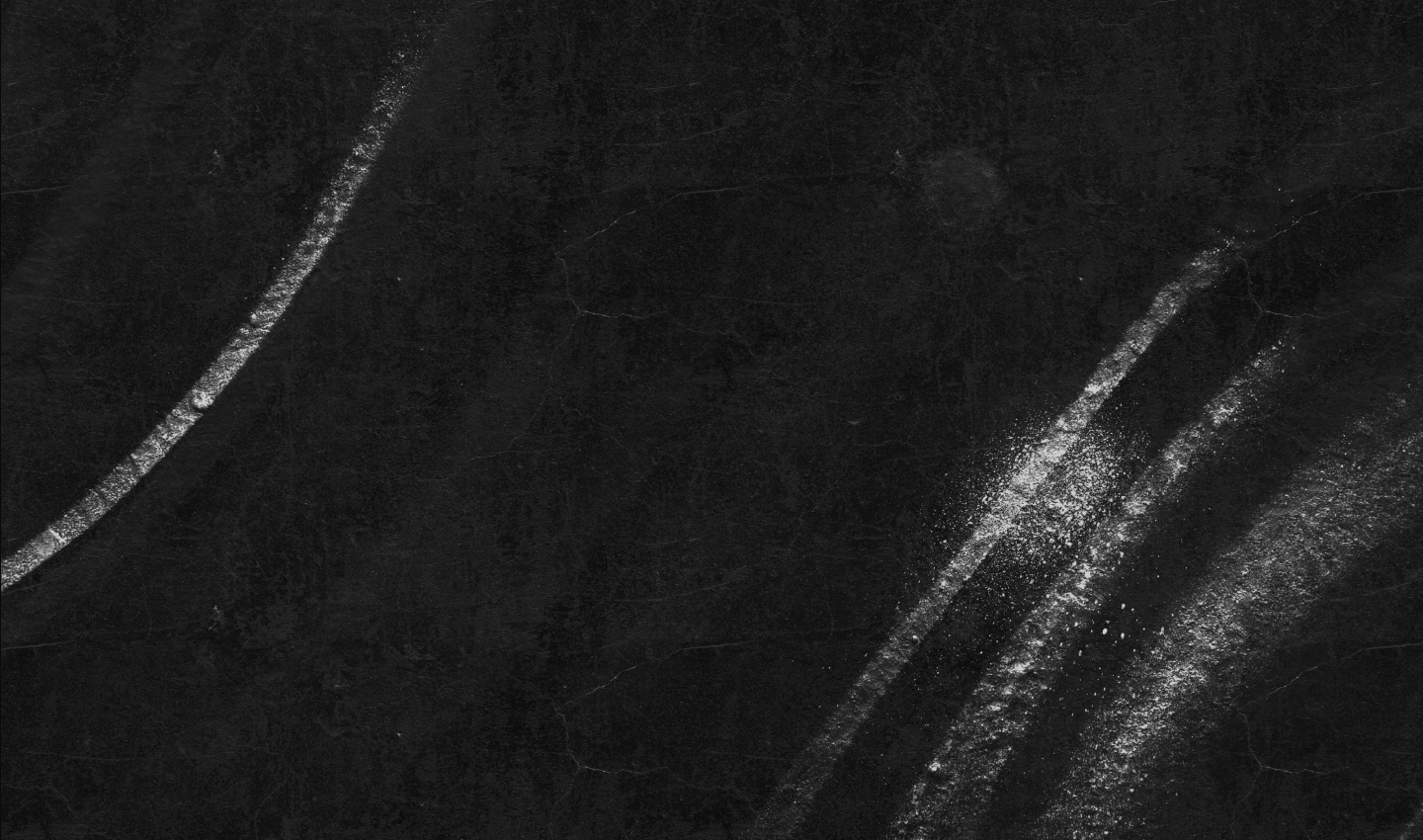



From vandalism to art









In the 50s street artists joined the movement, leaving short marks with their pseudonyms and later with graphic details




The first manifestations of graffiti are considered to be drawings and inscriptions that were left on the walls of buildings and freight cars of trains by members of New York street gangs in 1920−1930. This is how gang members "marked their territory" and communicated with each other.
This practice was adopted by young people. Inscriptions appeared as a reaction to social and political problems, and defiant slogans and slogans became characteristic of that period.






The development of street art culture began on the East Coast of the United States in the 1960s. It was then that the first enthusiasts began leaving inscriptions with names in random places around the city


















The starting point in the history of graffiti is considered to be a publication in The New York Times, which came out in the early seventies. The article told about a young street artist from New York with the pseudonym Taki183. He worked as a courier, so he spent a lot of time in the subway. There he left a mark with his name on each station he visited.
The practice of Taki183 and other graffiti pioneers became tags — inscriptions with pseudonyms left on walls, cars and other prominent places. Artists earned respect for tagging in hard-to-reach locations: high altitudes or protected areas, for example.














Among others
Tagging the streets and subways included





























The most inventive artists began to introduce graphic details in the form of strokes, circles, stars, and other similar elements into their signatures, trying out artistic styles or playing with the thickness, style, and color of the lettering.


In graffiti, the following styles emerged: BlockBuster (lettering using huge rectangular shaped letters)
and also Bubble Letters style, the letters look voluminous and convex, creating the effect of soap bubbles
These styles encouraged artists to be creative, and the variety of techniques resulted in one mixed style called Wild Style









The most inventive artists began to introduce graphic details in the form of strokes, circles, stars, and other similar elements into their signatures, trying out artistic styles or playing with the thickness, style, and color of the lettering.


In graffiti, the following styles emerged: BlockBuster (lettering using huge rectangular shaped letters)
and also Bubble Letters style, the letters look voluminous and convex, creating the effect of soap bubbles
These styles encouraged artists to be creative, and the variety of techniques resulted in one mixed style called Wild Style


















When the range of locations available for painting shrank, their confrontation in some places began to resemble a street gang feud
Because of the difficulties, many artists left street graffiti because of the threat of criminal liability, some moved to legal work in studios


For the remaining artists,
the rules of the game
have become noticeably


When the city authorities began a massive fight against painting, many works began to be mercilessly destroyed — the lifespan of fresh works was noticeably reduced, and the number of guards in the subway and police on the streets increased noticeably.
In order to fight against artists, the city authorities even introduced a number of laws prohibiting the sale of paint to minors, and paint cans, like weapons, were kept in safes or secure lockers.








Keith Harrington and Jean-Michel Basquiat have become some of the most prominent figures in street art culture. Their works have become symbols of creativity, continuing to inspire new generations and emphasizing the importance of graffiti in the cultural heritage of the eighties.
Keith Haring’s drawings were characterized by lines, bright colors, and images of little people that constantly appeared in different corners of the city






His style was based on a mix of pop art and street art, so Haring can not be called a rayter in the usual sense of the word





Jean-Michel Basquiat, who began his artistic endeavors in the early 1970s, became an icon of graffiti culture
A decade later, he befriended Andi Warhol, and their meeting is considered significant in the context of Pop Art. Basquiat and his colleague Al Diaz founded the SAMO (Same Old Shit) movement, whose unique signatures and drawings adorned city walls.
Basquiat is recognized as one of the most important figures in contemporary culture, and his work is exhibited in museums around the world.









Nowadays, street culture is still a controversial phenomenon: some graffiti drawings have earned the acceptance of citizens, but given the constant cases of vandalism, not everyone has a positive attitude to the creativity of writers.
Many newcomers have appeared on the street art scene, while established icons, although they have become familiar participants in exhibitions and art projects, still continue to paint on the streets of cities.




Nowadays, street culture is still a controversial phenomenon: some graffiti drawings have earned the acceptance of citizens, but given the constant cases of vandalism, not everyone has a positive attitude to the creativity of writers.
Many newcomers have appeared on the street art scene, while established icons, although they have become familiar participants in exhibitions and art projects, still continue to paint on the streets of cities.




Graffiti still remains an integral part of protest against consumer culture

An example of this is the work of street artist Kidult, who paints the shop windows of Chanel, Céline, Maison Margiela, Supreme and other famous brands.

has become a characteristic feature
of modern graffiti culture






A non-profit project as part of a course on layout and animation by Ania Melnik. All materials are taken from open sources and belong to the authors. The Druk and Mono Seahorse fonts used can be purchased from the following links




Project author Ksenia Posrednikova


When big companies realized the popularity of street artists' drawings, artists became increasingly involved in the implementation of advertising campaigns, and manifestations of graffiti in popular culture can be found everywhere — from advertising and movies to video games.
has become a characteristic feature of modern graffiti culture













0


Sources
article
other













